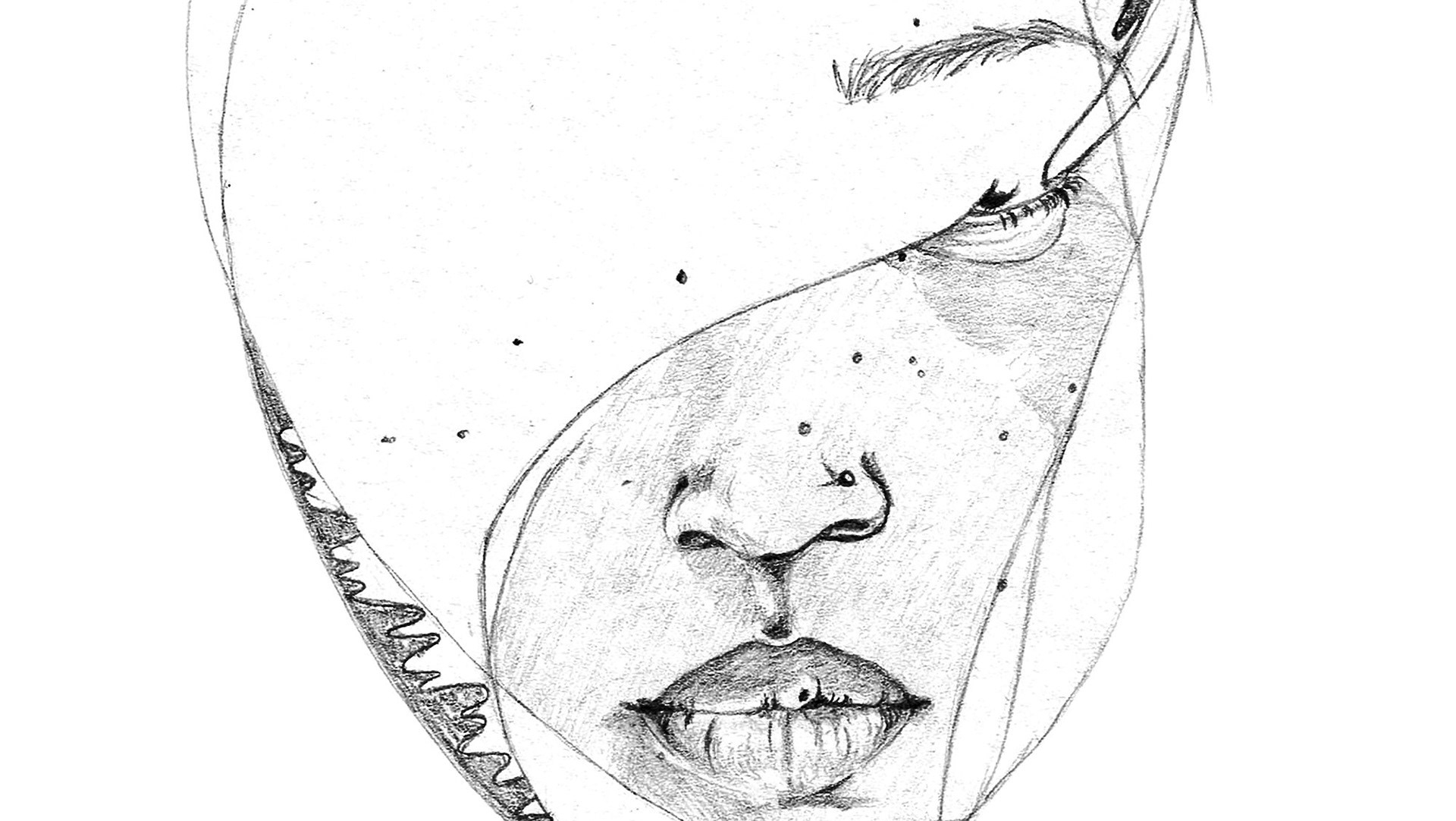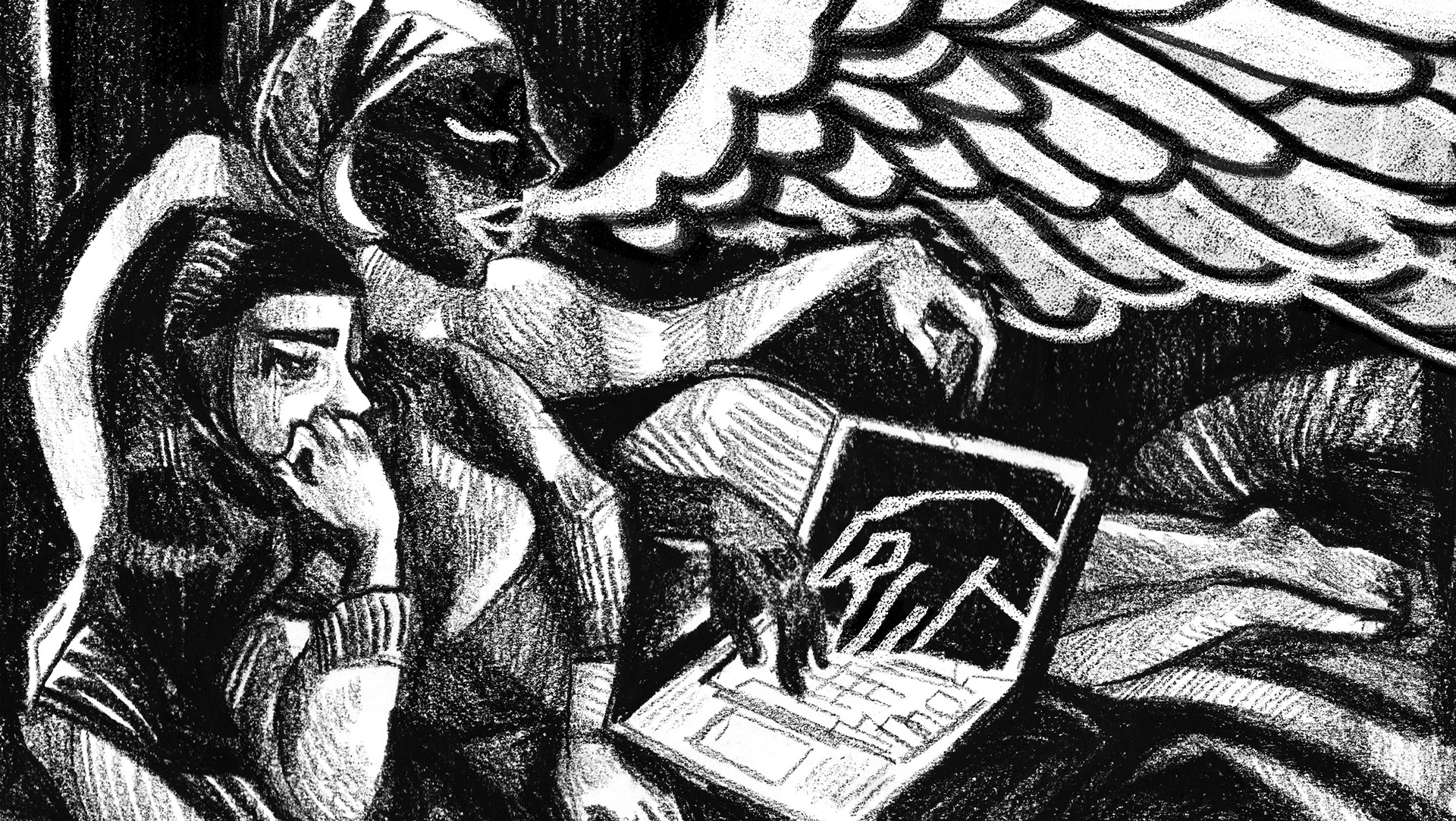I HAVE BEEN lacking on things to say and partly these images at the time could have been seen as breaking news. At the very least, 2 months have passed since I have attended any gatherings, and the earliest of these images are from May 29th and could already be considered artifacts. Writing hasn’t necessarily escaped me; it’s just that organizing the thousands of photos to begin with is a lot and partly to relive moments in my head. For example, in Dallas, May 30th, riding my bike through the city with hundreds of people in crowds and police releasing tear gas. Riding a few blocks away to get non-toxic air, I look [through] one block and there are dozens of armed troops in a very large armored vehicle with a machine gun equipped at the top. I thought about taking a photo, but didn’t. Because of the non-visual proof it remained a dormant memory, an internalized fear, part trauma of being a target of a man sitting at the top with a weapon that could kill many in a single instant.
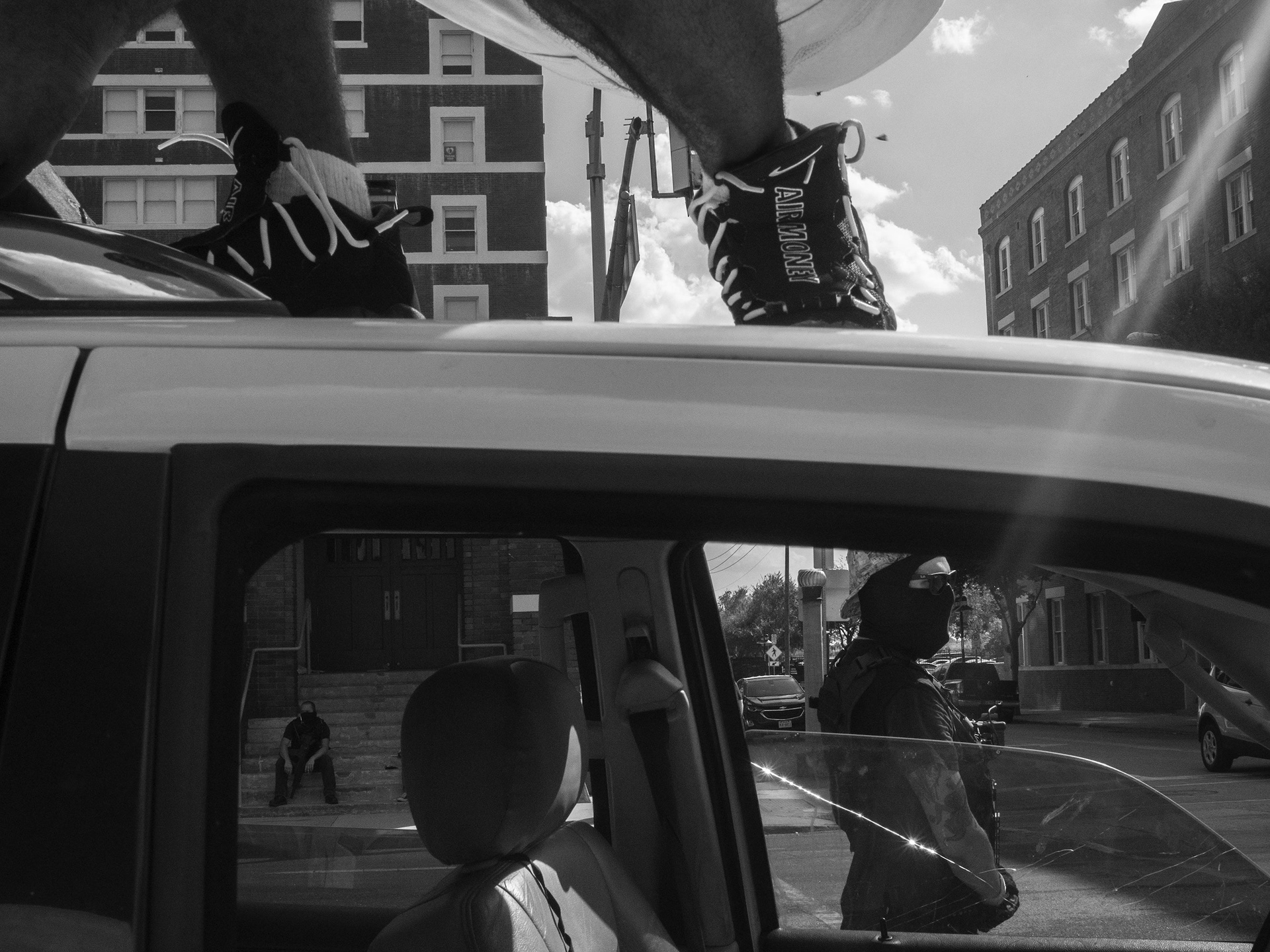
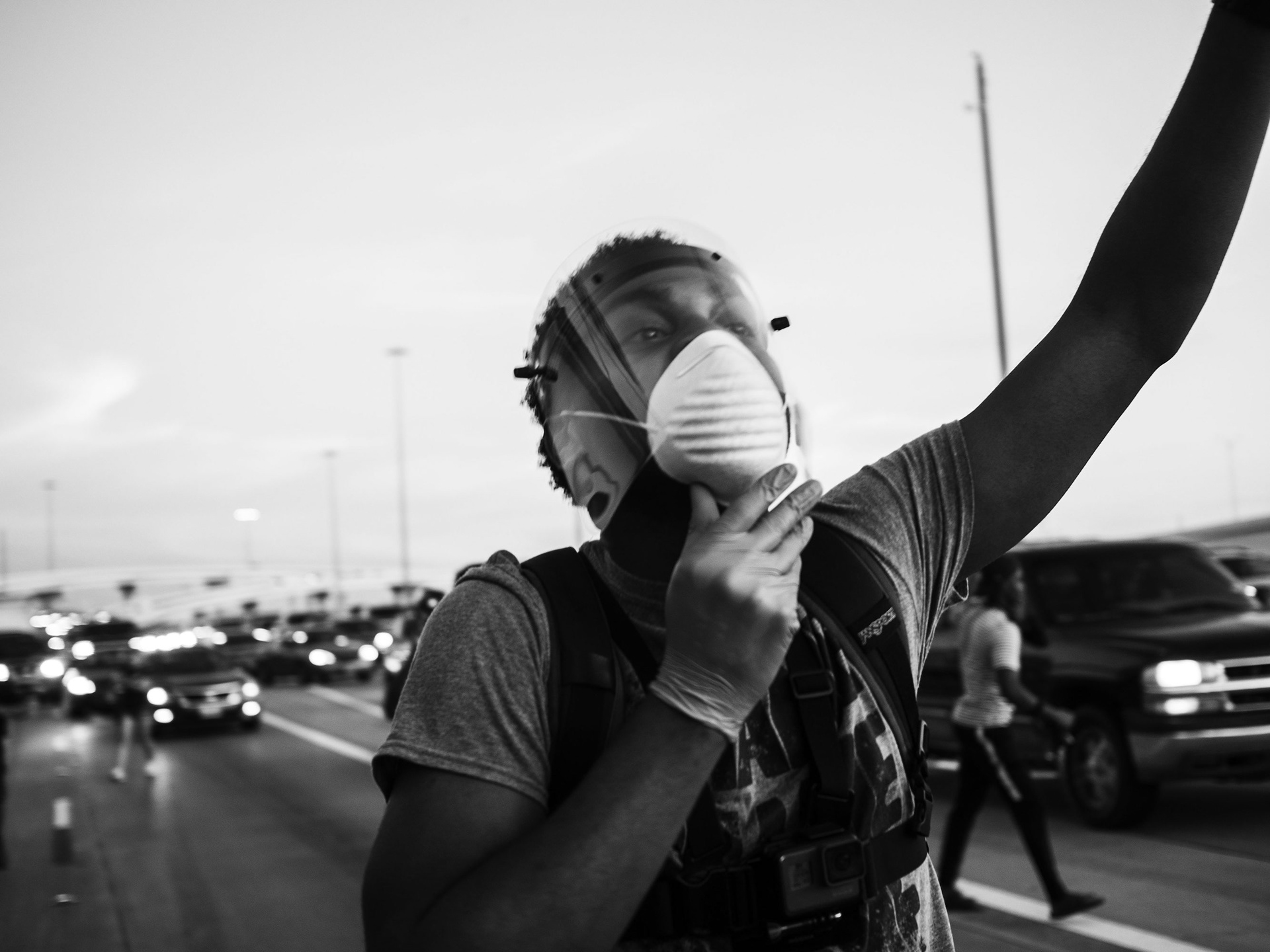
I didn’t document the huge amount of police that were present — 6 – 12 on every block for 20 blocks it seemed with 3 – 4 helicopters buzzing day and night — again out of fear, but after all we were gathered that day because of them, the police. But after seeing how easily they could harm us all — which out of DFW, very rarely did the demonstrations become violent, in part of all the peaceful protesters; who could have figured? — I grew angry at the militarization against citizens, poor people, the melancholic masses.
“They let it out through chants, dance, claps & yet many people wish to believe the worst of those people after all they have been through. & exercising their right to gather & be collectively stronger mentally is seen as breaking the law.”
I feel a greater sense of the social weight that bears down on the mind, body, and soul. There is trauma because the protests have been about so much injustice. Going out day after day for many months; projecting into the air any sound, cry, yell against murder, housing inequality, education, monetization of prison. You know when certain singers hit a note that makes your whole body respond? I heard a young woman yell that still sends movement in my body, which at the time my eyes swelled with tears. Again, no documentation, but a lived experience that cannot be reproduced. Which the feeling of hundreds of people united is more than a photo or video; it cannot be summarized.
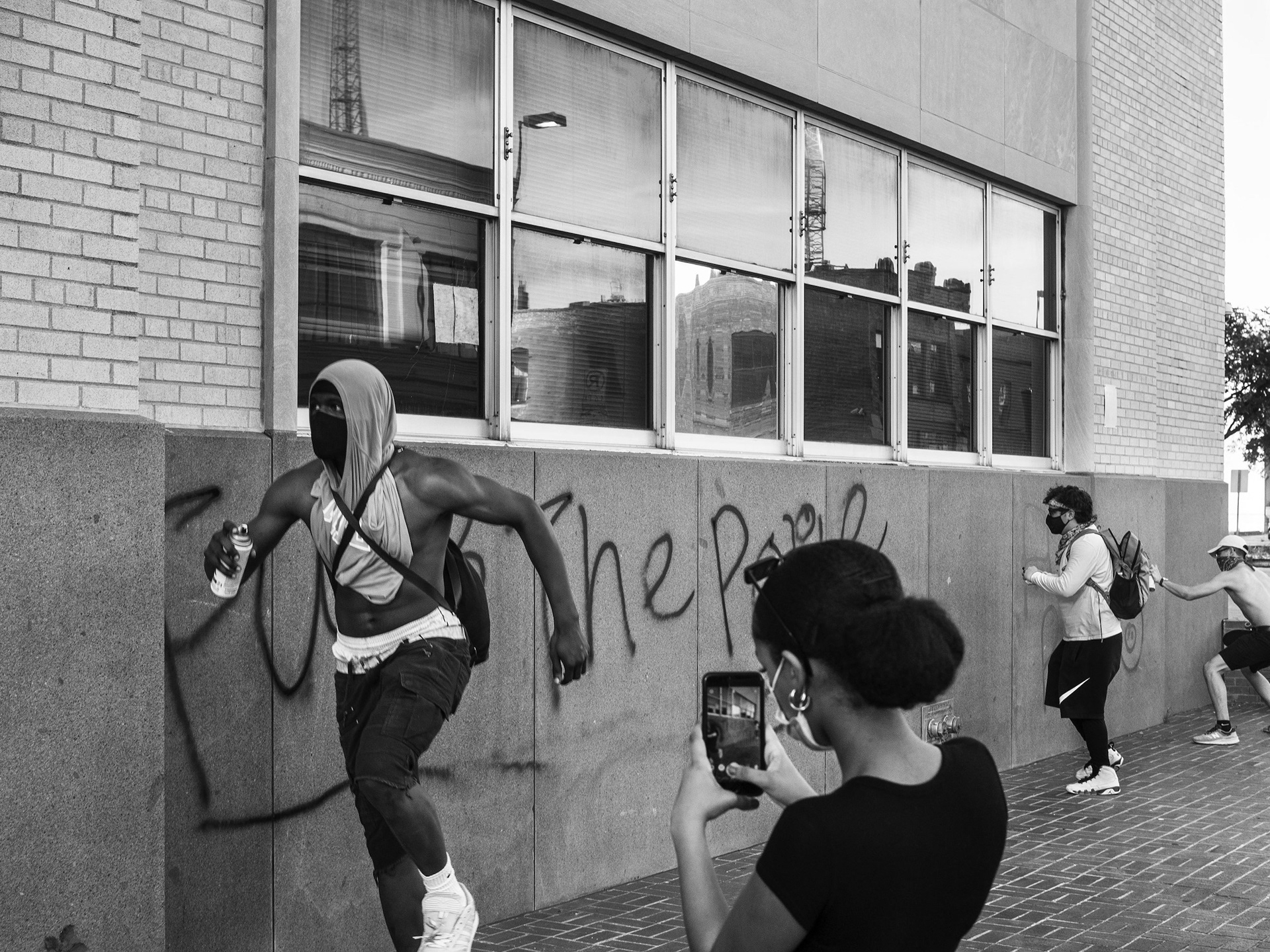
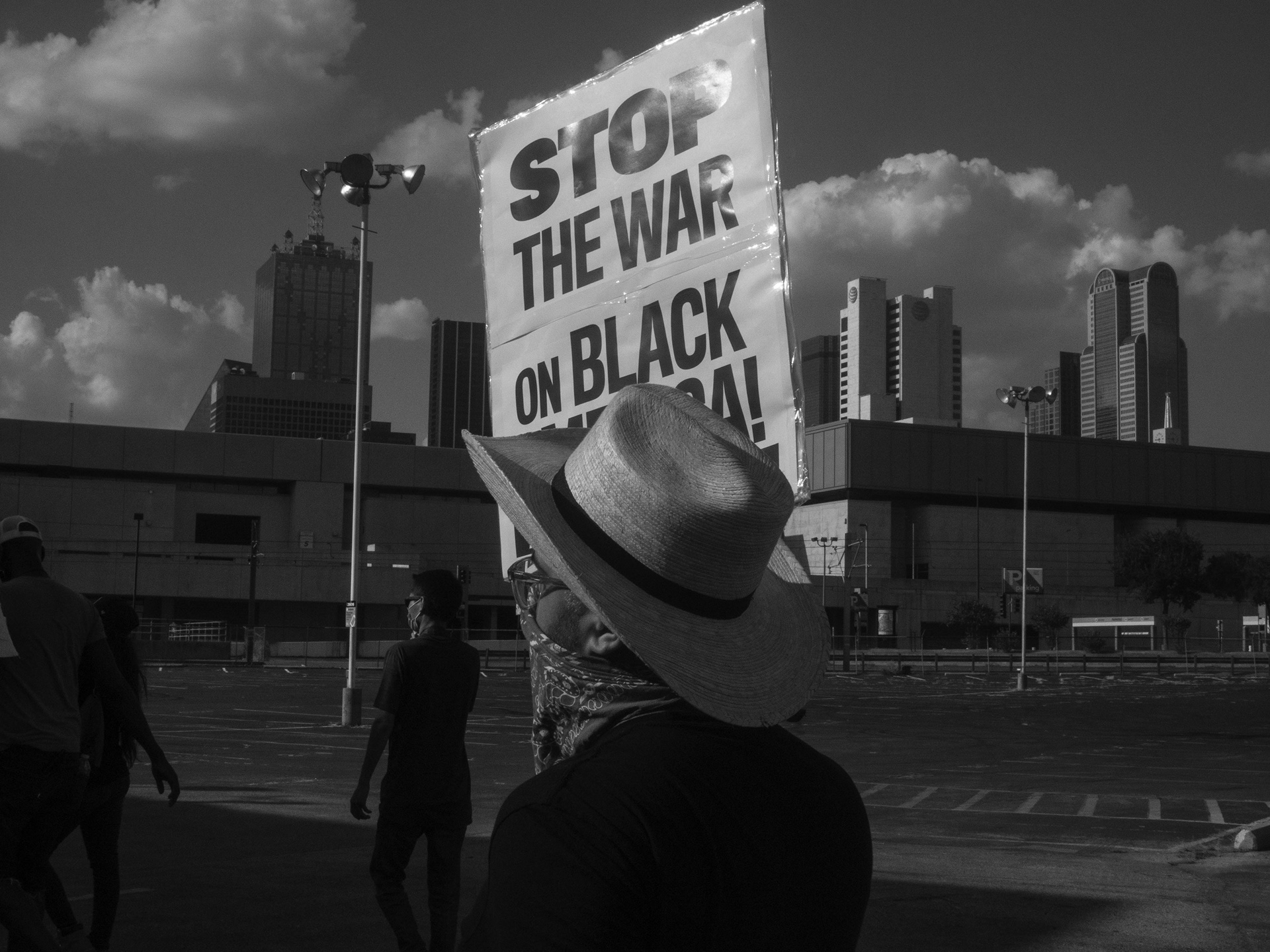
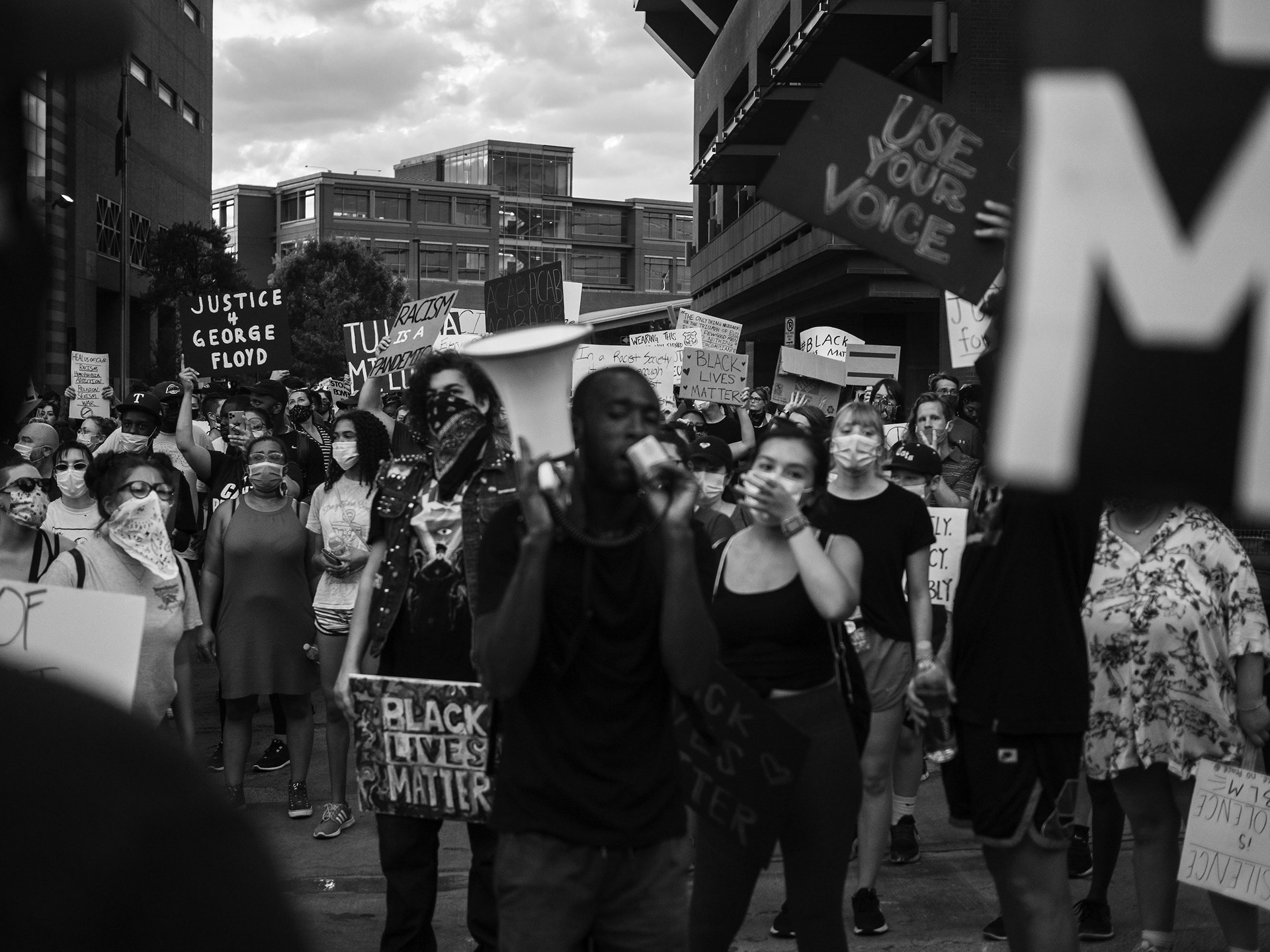
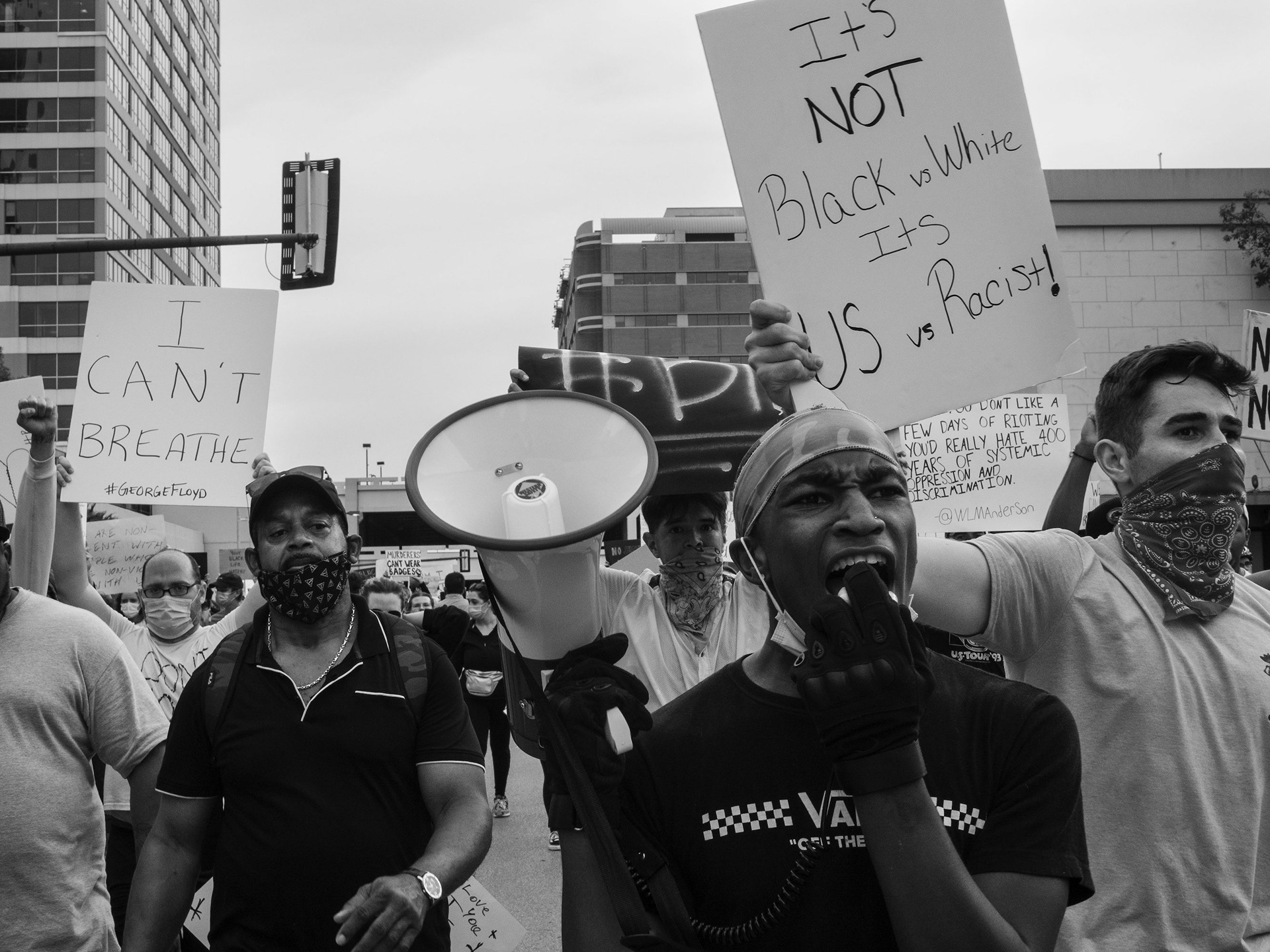
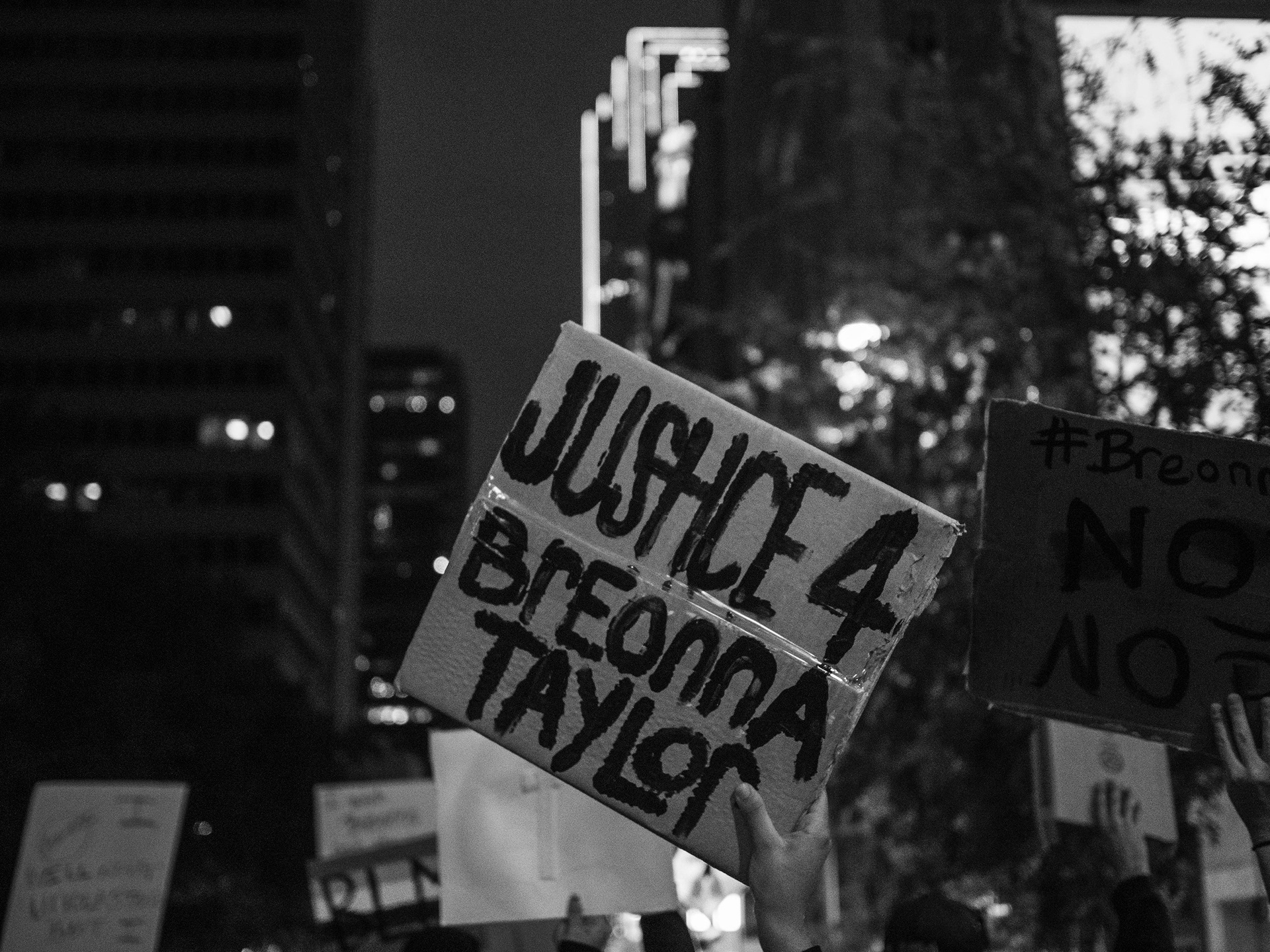
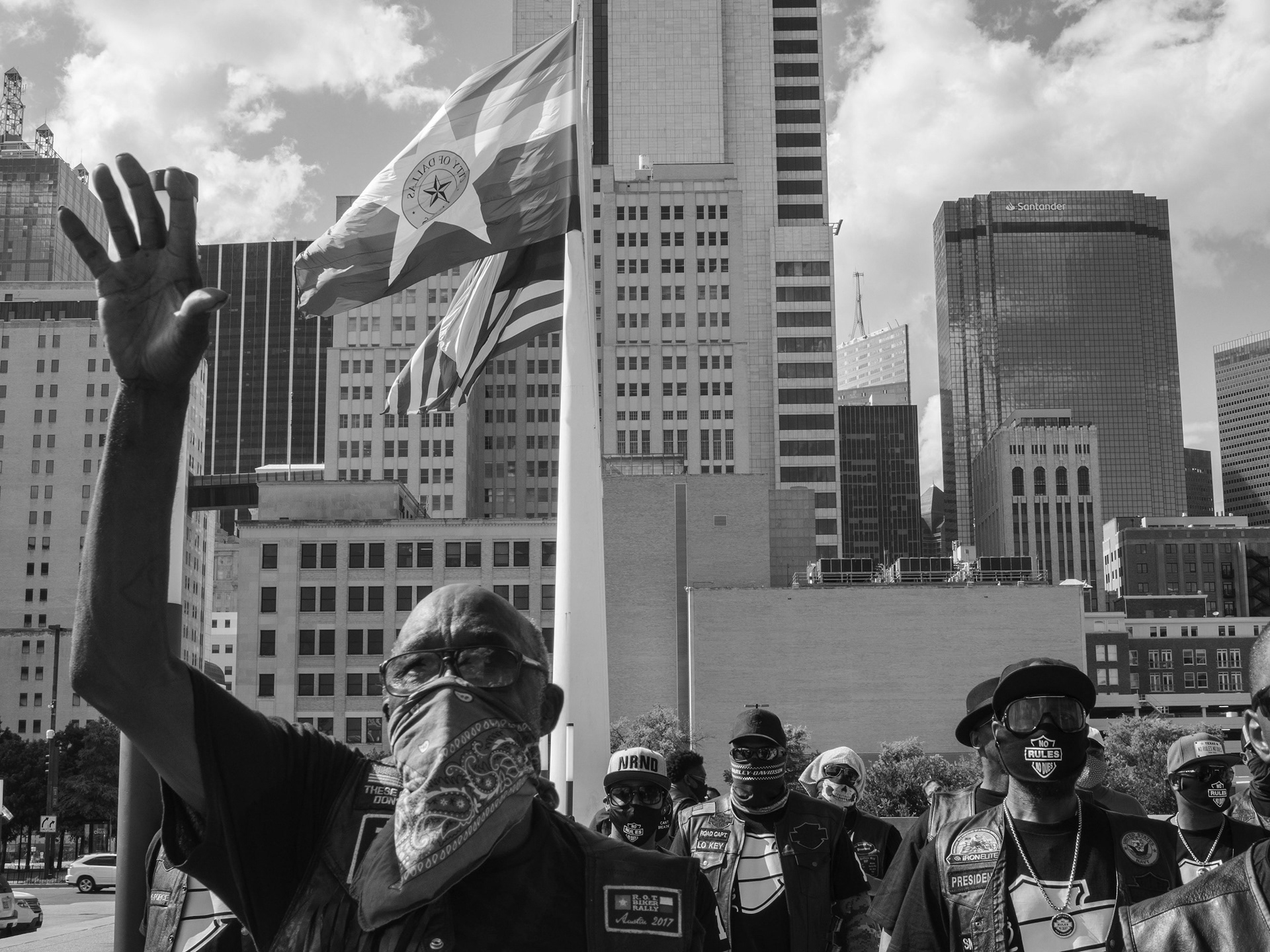
To describe the Black Lives Matter movement and everything they encompass is like describing every pebble on a mountain. The feelings and memories are not quantifiable, I simply bore witness. The people that go who have been targeted [and] who have suffered tragedy at the hands of the police, who’s family members have suffered — they let it out through chants, dance, claps, and yet many people wish to believe the worst of those people after all they have been through. And exercising their right to gather and be collectively stronger mentally is seen as breaking the law. It is all so beyond logic.

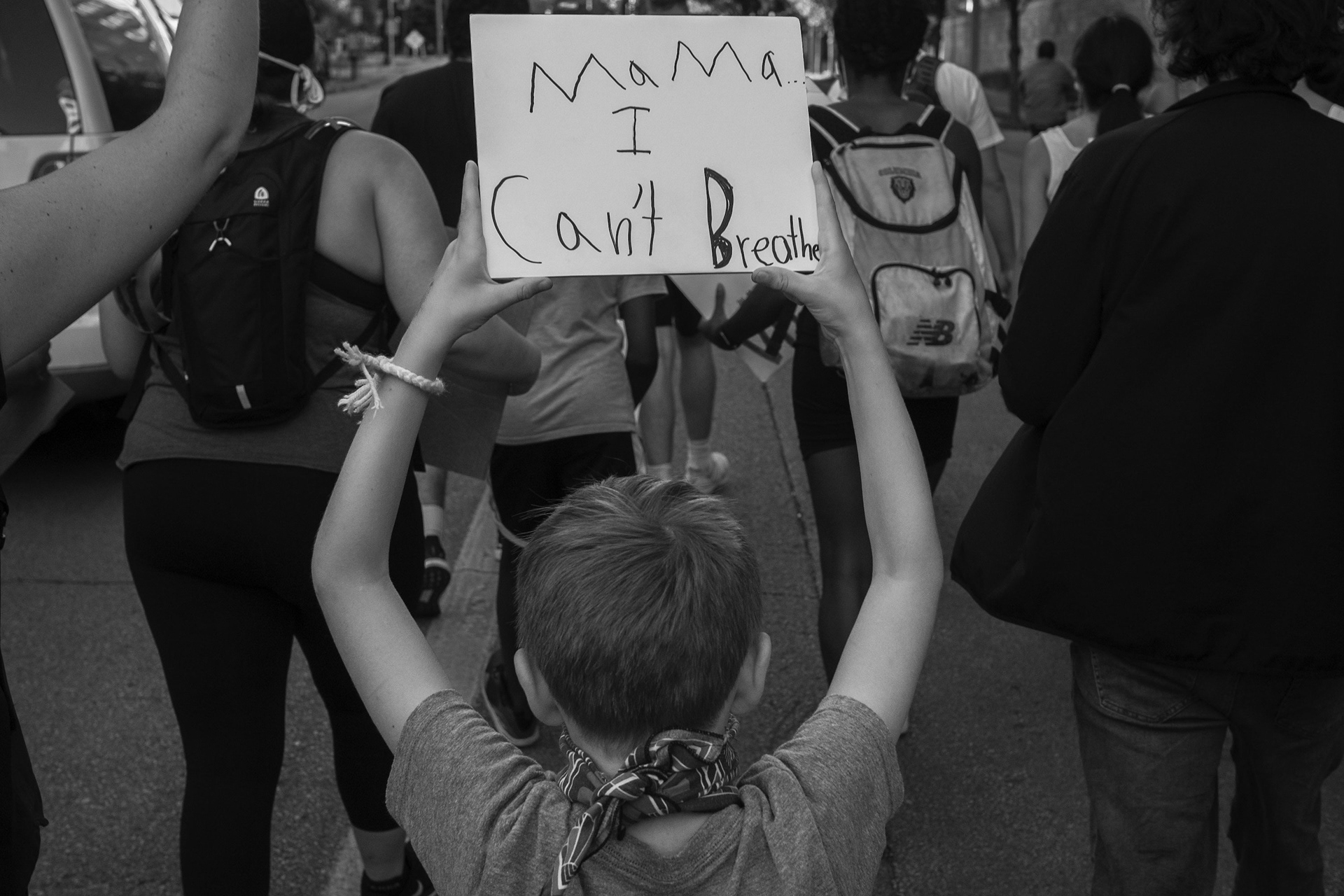
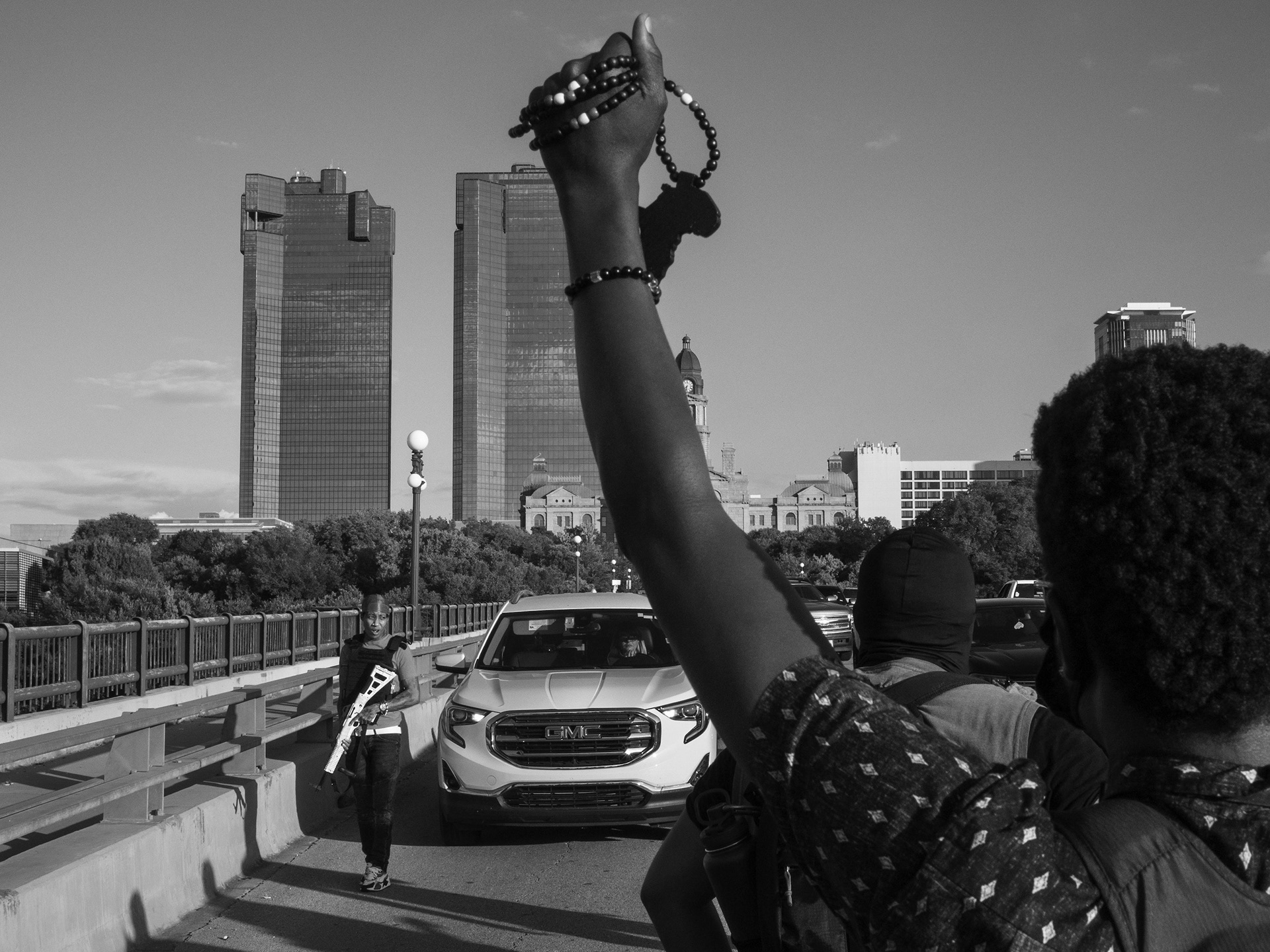
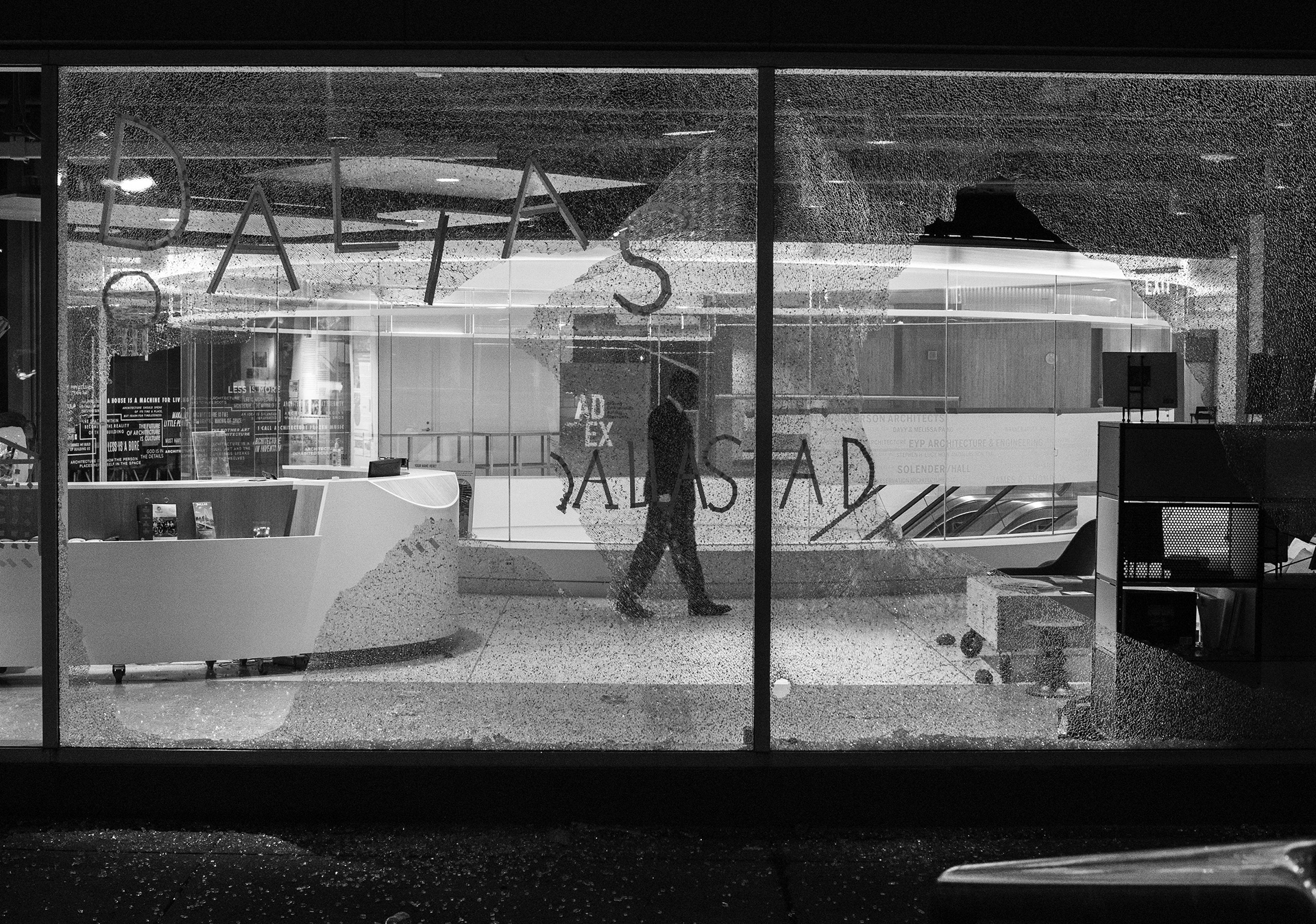
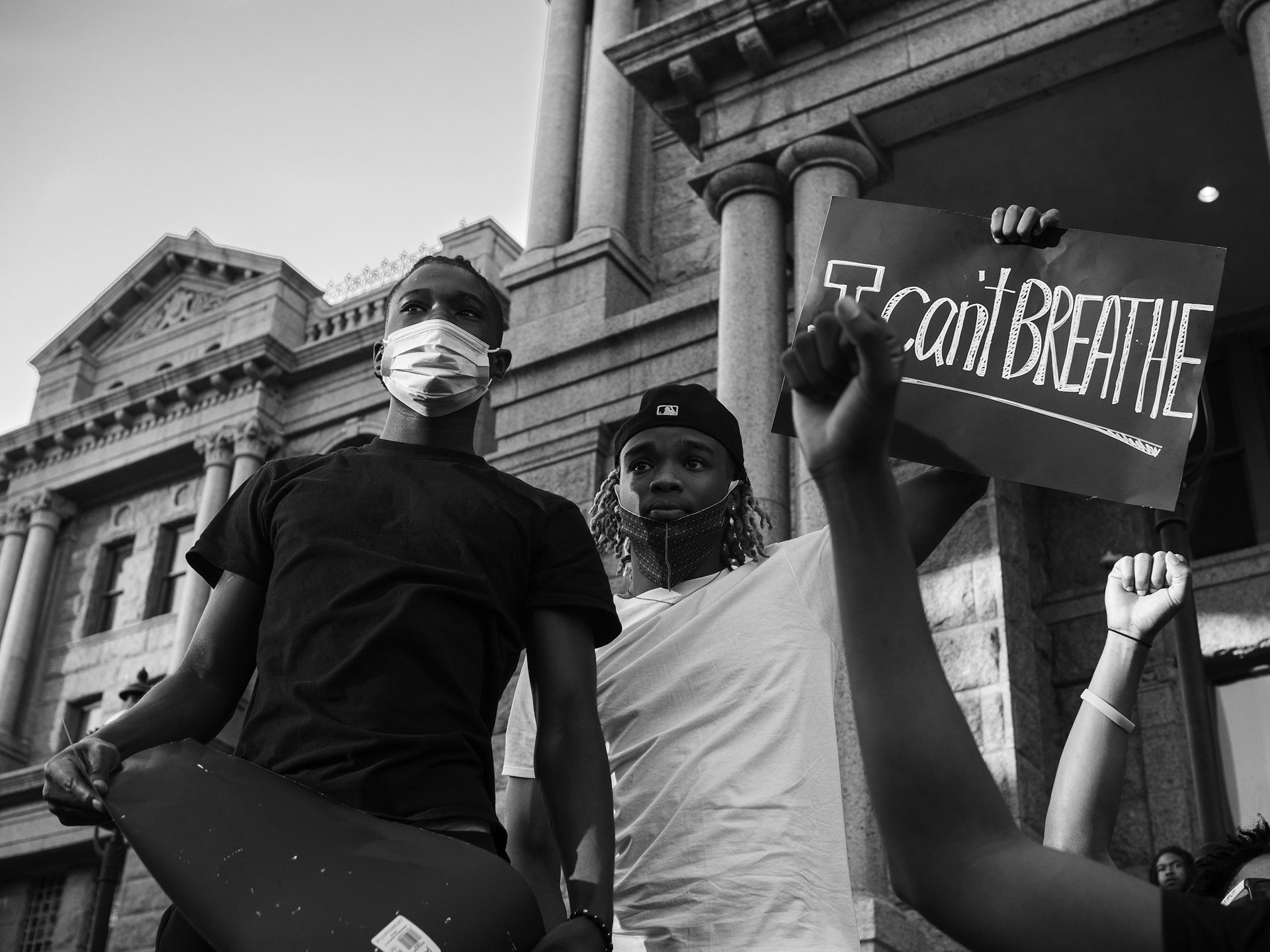
What little I have experienced and yet the mental tasks of reliving the protests creates many mixed emotions; not about the people who are there, but the overwhelming feeling of something beyond injustice. We say that over and over but its something much greater than that. Simply, yes, it is all an injustice but it’s like the world pushing down on your chest. Just thinking about it can make a person say, “I can’t breathe.”
“To describe the Black Lives Matter movement & everything they encompass is like describing every pebble on a mountain.”
The unbearable weight of knowing what any power that remains over people, the hoops and hurdles of living a stress free life has for centuries burdened people. And in this Nation, White men believing they can own people just as long as they write the rules for it. And if anyone they do not see as their own skin color justifies that they broke the rules is punishable more often than not by death. The wake up call of institutionalized horrors makes one toss and turn at all times.
To quote James Baldwin, “To be a Negro in this country and to be relatively conscious is to be in a state of rage almost all of the time — and in one’s work. And part of the rage is this: It isn’t only what is happening to you. But it’s what’s happening all around you and all of the time in the face of the most extraordinary and criminal indifference; indifference of most White people in this country, and their ignorance. Now, since this is so, it’s a great temptation to simplify the issues under the illusion that if you simplify them enough, people will recognize them. I think this illusion is very dangerous because, in fact, it isn’t the way it works. A complex thing can’t be made simple. You simply have to try to deal with it in all its complexity and hope to get that complexity across (To Be In A Rage, Almost All The Time, 2020).” ■
REFERENCES
“To Be In A Rage, Almost All The Time.” (2020, June 01). Retrieved November 21, 2020, from https://www.npr.org/2020/06/01/867153918/-to-be-in-a- rage-almost-all-the-time


